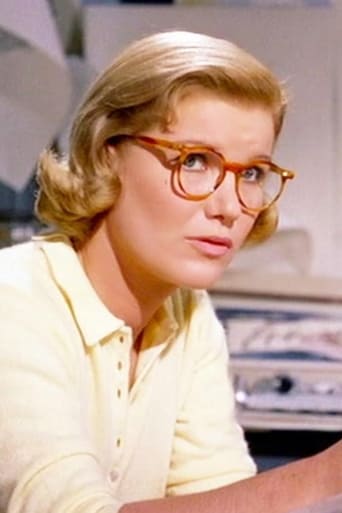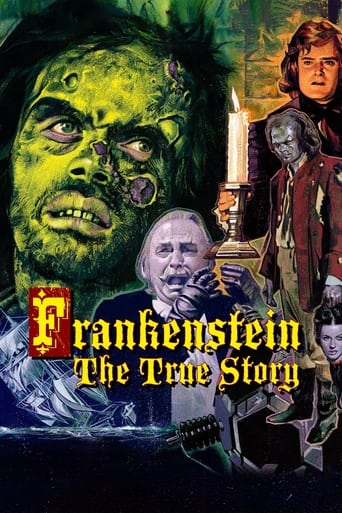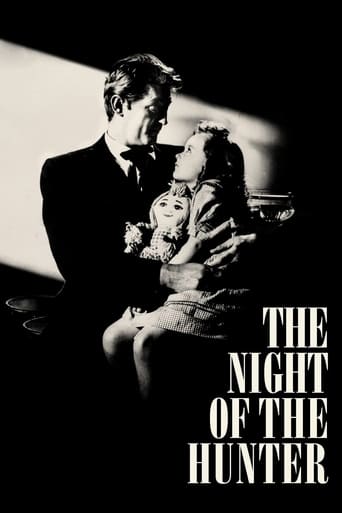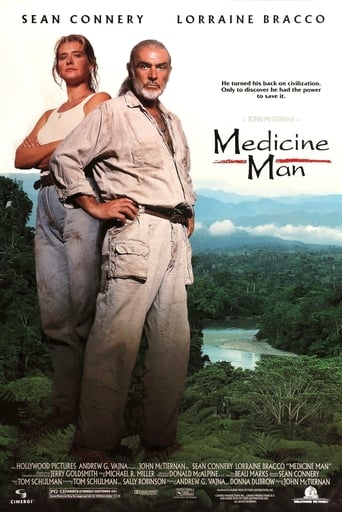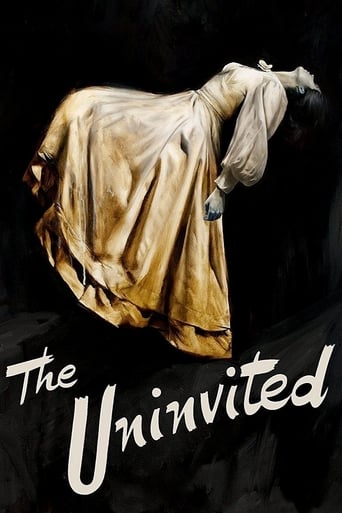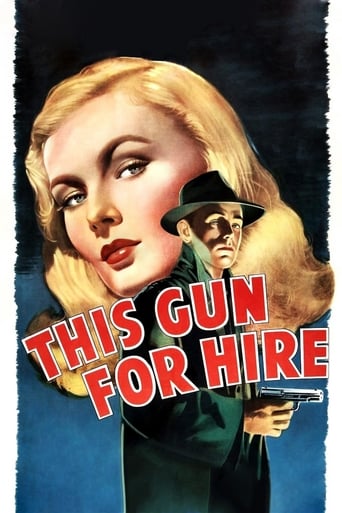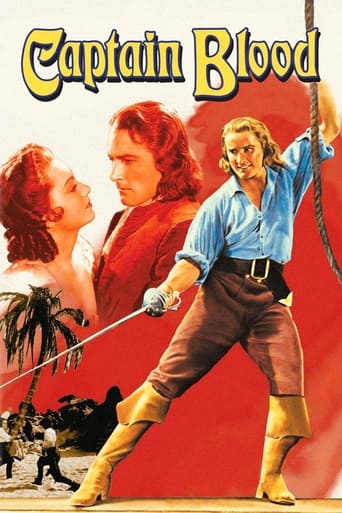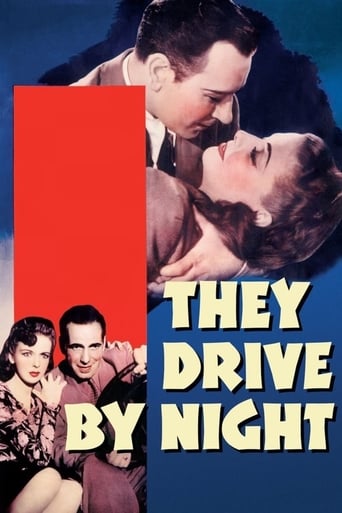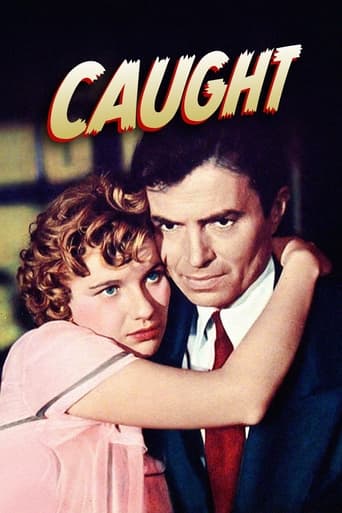
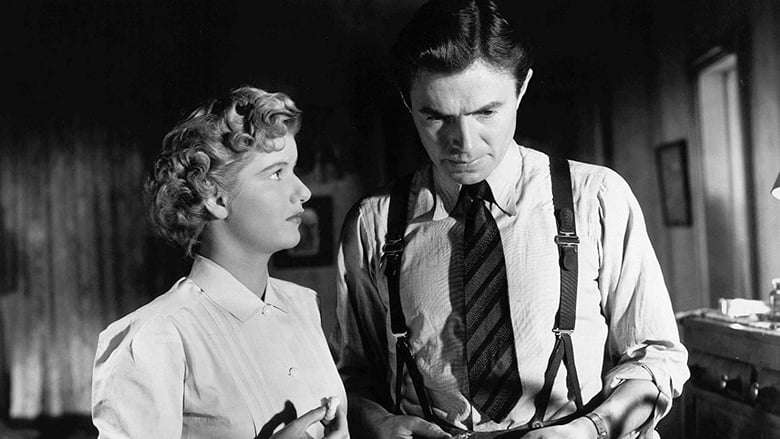
Caught (1949)
Wide-eyed and poor young Leonora weds an obsessive millionaire named Ohlrig, but the marriage is loveless. Even worse, Ohlrig seems to have manic, violent tendencies. Eventually, young Leonora escapes her unhappy life and begins working with New York City doctor Larry Quinada, who she soon falls for. Unfortunately, Ohlrig refuses to grant his wife a divorce, and things get even darker for Leonora when she realizes she's pregnant with his child.
Watch Trailer
Cast
Similar titles
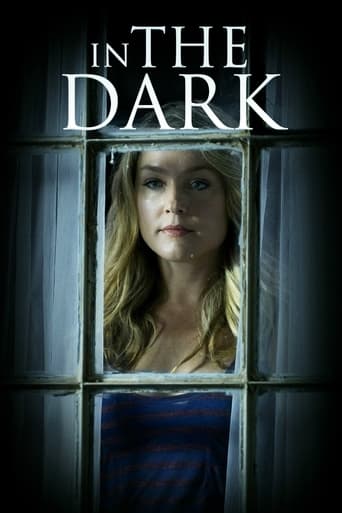
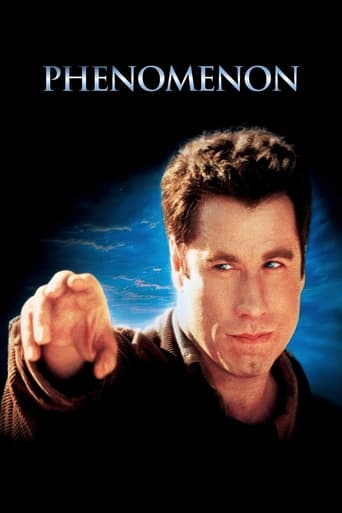
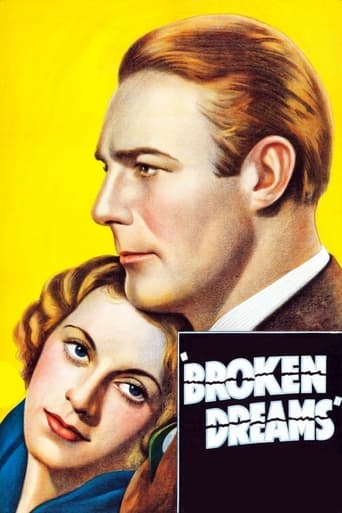
Reviews
Nice effects though.
Your blood may run cold, but you now find yourself pinioned to the story.
This is a small, humorous movie in some ways, but it has a huge heart. What a nice experience.
One of the most extraordinary films you will see this year. Take that as you want.
Copyright 15 February 1949 by Enterprise Productions, Inc. (in notice: 1948). An MGM picture. U.S. release: April 1949. New York opening at the Capitol: 17 February 1949. U.K. release: 25 July 1949. Australian release: 1 December 1949. Sydney release at the St James: 2 November 1949. 8,032 feet. 89 minutes.SYNOPSIS: A poor girl who dreams of money and luxury, marries a psychotic millionaire.NOTES: James Mason's first Hollywood film. However he doesn't come in until half-way. The film was originally released world-wide by MGM. Subsequently it was re-issued by independent exchanges. It opened in London at the Empire, Leicester Square, on 25 July 1949. The British Censor gave the film an "A" certificate and cut the length to 7,896 feet — a loss of over a minute.COMMENT: Any film directed by Max Ophuls is must viewing — and this one follows directly after his American masterpiece, Letter from an Unknown Woman. Oddly enough, the film was not appreciated by contemporary critics to nearly the same extent. They were frightened off by the novelettish subject matter, despite the realistic yet stylish treatment accorded to it by Ophuls, his technicians, his players, and not least screenwriter Arthur Laurents.The writing with its careful filling-in of background, the realistic sets, the stylish deep-focus photography, and the believable performances transcend the film's dime-novel genesis. The characters are sharply etched and fascinatingly played. Barbara Bel Geddes is winning and sympathetic as the credible but by no means admirable gold-digger. A difficult role which she plays both with charm and total conviction.Robert Ryan has a more tailor-made part as the psychotic millionaire. Yet despite his familiarity, he still succeeds in dominating every scene in which he appears, giving a fascinating portrayal of a self-centered ego that feeds not only on those around but on himself. At times ingratiating, at times sullen and morose, at times eccentric and psychotic, Ryan like Bel Geddes gives a rounded interpretation of a fully three-dimensional character. The other players, having less to do with the action, are conceived in more simple terms. Chief of these of course is James Mason, who plays the slum doctor in his usual vigorous style, perhaps blurring some of the nuances and subtleties intended by the scriptwriter in the process. Quinada is dedicated and altruistic, yet at the same time a mean man with a buck, a workaholic who is human enough to feel tired, depressed, angry, even selfish and unsympathetic. Oddly enough, Mason's brusque, brisk performance tends to over-emphasize the negative aspects of the character, so that as a foil and a contrast to Robert Ryan's vicious millionaire, he is not wholly engaging. This is what causes the film to lose a fair amount of its tension. The plot and the requirements of the Hays Office are not wholly to blame.Outstanding among the support players, Curt Bois brings a fascinating credibility — even sympathy — to his role of a vicious pimp. Natalie Schafer, Frank Ferguson and Art Smith contribute their usual effective characterizations.Thanks to Lee Garmes' camera-work and appropriately atmospheric lighting, and the superb sets ranging from mansions to mean hovels designed by Frank Sylos, the film is always most attractive to look at. The fluid and inventive camera, the tight compositions and taut pace, stamp it firmly as the work of a master European director. No gangsters — but film noir at its most expressive.
The least typical of Max Ophuls' masterpieces, "Caught" is a Women's Picture, written with a steely edge by Arthur Laurents. Barbara Bel Geddes is outstanding as the girl who marries money in the shape of Robert Ryan's sociopath multi-millionaire, modeled so we are told on Howard Hughes, but he treats her with such contempt she runs away and gets a job as a receptionist to James Mason's struggling doctor. It's a triangle quite unlike other triangles in the movies of the time; there is a psychological depth at play here rare in a genre picture of its kind and both Mason and Ryan are superb while Ophuls' framing of the characters greatly enhances the relationships between them, (the distance between Ryan and Bel Geddes in his mansion, the close proximity between Mason and Bel Geddes in the office scenes).In lesser hands this might have simply been novelettish but it isn't the superficiality of the material that interests Ophuls but how he can manipulate the material so the film is all of a piece. The least typical of Ophuls, I said; perhaps not. Shot after wonderful shot reveals this to be the work of one of cinema's great stylists and it really shouldn't be missed.
CAUGHT is a rather dated, low budget movie that straddles the romance, melodrama, and film noir genres. It fits into a genre of films that were popular back in the 1940s, invariably involving a young woman who marries a husband, little knowing that he's hiding a dark and murderous secret. CAUGHT is a very restrained addition to that genre that unfortunately plays its material in a very subtle fashion.Meanwhile, the viewer is bogged down with extended romance scenes and plenty of over the top acting as new bride Barbara Bel Geddes fights with her husband Robert Ryan. Unfortunately, nothing much happens and 90% of the film consists of characters just arguing with each other. There is a central moral dilemma that arises at the climax but by that stage it's too little, too late.The cast is the most interesting thing about this, although DALLAS actress Bel Geddes has to be playing one of the most insipid heroines from this era. Robert Ryan (INFERNO) is much better, delivering a restrained turn as the evil husband, while James Mason is cast against type as a humble doctor who becomes the love interest. Still, you'd have to be massive fan of this era of film-making to enjoy this one.
A naïve young woman who's been brought up to believe that happiness and contentment can most easily be achieved through the acquisition of wealth, sets out to get rich as quickly as she can and for a woman in the 1940s this, in practical terms, meant getting married to a wealthy man. After having achieved her goal, she soon becomes disillusioned when she realises that being wealthy doesn't automatically lead to being happy.Leonora Eames (Barbara Bel Geddes) is the car-hop who lives in a cramped apartment with her roommate Maxine (Ruth Brady) and harbours ambitions for a better life. To this end, she saves to pay her charm school fees and after having completed her course, gets a job as a model in a department store. One day, at the store, she's approached by an unctuous little man called Franzi Kartos (Curt Bois) who gives her an invitation to a yacht party which is due to be hosted by Smith Ohlrig (Robert Ryan). Despite Ohlrig being a multi-millionaire, she initially declines the offer but later, on Maxine's advice, changes her mind. By sheer coincidence, Leonora meets Ohlrig before she reaches the party and they share the evening together but later she turns down his invitation to go to his mansion for a drink and he drives her home.Ohlrig is a control freak who becomes incensed by Leonora not responding to his advances in the way that he thought she should and discusses the matter with his psychiatrist (Art Smith). When he's advised that his reaction is because he can't control Leonora, he decides to marry her as soon as possible to spite his shrink and to re-assert his control over events. His determination pays off and the couple are soon married but it quickly becomes clear to Leonora that she's in an abusive relationship and when Ohlrig humiliates her one night in front of a group of his executives, she decides to leave the Long Island mansion that had become a virtual prison to her.Leonora goes to live in a down-market apartment in Manhattan and gets a job as a receptionist at a busy doctors' office. Ohlrig regards her actions as an affront and tries to take back control by telling her that he's realised that he treated her badly and will change. She returns to him but after only one night together, realises that he'd simply manipulated the situation because he needed her to accompany him on a trip which he's already arranged. Leonora goes back to her job at the doctors' office and subsequently falls in love with Dr Larry Quinada (James Mason) who's a handsome paediatrician. Their relationship runs into a problem when Leonora discovers that she's pregnant by Ohlrig and he won't give her a divorce unless she agrees to give him full custody of the child. It then takes some time before the situation is eventually resolved in a way that nobody involved could have predicted."Caught" was based on Libbie Block's novel "Wild Calendar" in which Ohlrig's character was based on Howard Hughes. Interestingly, director Max Ophuls had previously been insulted and fired by Hughes when he was working on the movie "Vendetta" and is believed to have used the depiction of Ohlrig in this movie as a form of revenge against the famous business tycoon.Barbara Bel Geddes makes Leonora a sympathetic character who's absorbed the attitudes of the society in which she lives and doesn't see herself as a gold-digger. James Mason makes a strong impression as the dedicated and serious-minded doctor and Robert Ryan is fantastic as the villain of the piece. He's brilliant as the cold, cruel and manipulative industrialist whose need for consistent and total control is so strong that he suffers psychosomatic breathing problems when he can't control events and whose wealth has made him cynical, sadistic and sociopathic."Caught" is a movie that could reasonably be viewed as a piece of social commentary, a director's act of revenge or a dark melodrama and fortunately, it scores well on all levels.

